It is Audrey Hepburn who said, “the beauty of a woman must be seen from in her eyes, because that is the doorway to her heart, the place where love resides.†With such emphasis placed on one’s eyes it seems we must do everything possible to ensure our eyes (and the area around) them don’t age ahead of the rest of our face and body — and that when they do, they do so gracefully. While you will need an ophthalmologist to ensure your eye is in tip-top shape, I’ve asked leading dermatologists and plastic surgeons, Dr. Michael H. Gold and Dr. Ulysses H. Scarpidis, to help me to share everything you need to know to treat dark circles, under eye bags and wrinkles like a boss!
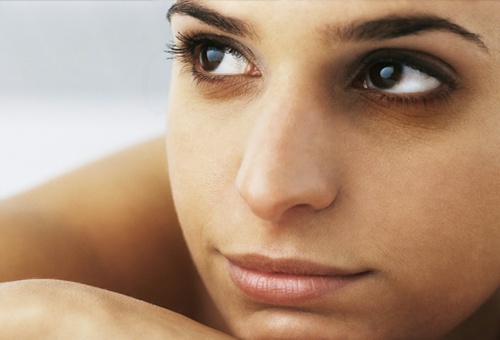
Dark Circles
As far as eye issues go, this is the one that is quickest and easiest to hide. A few quick pats of the right color corrector and concealer and you are bright eyed and ready to take on the world. While covering dark circles is a great quick fix, erasing or reducing them is the long term goal.
Are all dark circles are created equal?
Dr. S: All dark circles are not created equal. Genetics can play a major role in the appearance of dark circles in younger patients. Some families have pigmentation abnormalities or sun sensitivity causing dark circles. Fatigue is another reason for dark circles under the eyes. Puffiness from fatigue induced swelling, or under-eye bags can worsen the appearance of dark circles by creating shadows. In addition, older patients typically have thinner more translucent skin that magnifies the tiny blood vessels found around the eye. These patients tend to also have leaky micro blood vessels that stain the skin with iron found in blood much like with a bruise. This iron staining can last for weeks.
Dr. G: Some are genetically pre-determined, and others are from extrinsic aging such as weight gain or not hydrating the body enough. But most dark circles have a genetic cause, and the prominence of them is probably due to both intrinsic and extrinsic aging for most people.
When looking for products to topically treat dark circles, what key ingredients work best and why?
Dr. S: The key to a successful treatment is to correctly identify the cause of your dark circles. All in all, a combination of rest to reduce blood pressure and minimize blood vessel engorgement, sleeping on your back to reduce overall facial and eyelid swelling, and products that help restore eyelid skin thickness and constrict blood vessels will significantly improve dark circles.
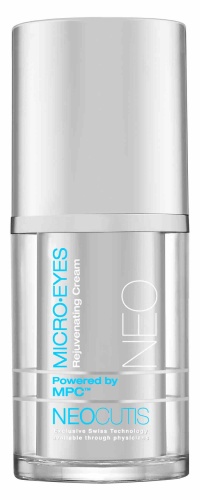
A consultation with a Board Certified Plastic Surgeon will help you determine the cause of your dark circles and the appropriate treatment. While one eye cream may work miracles on one patient’s dark circles, this doesn’t mean it’s the best treatment for yours. When enlarged blood vessels are responsible for dark circles I recommend to my patients products with Caffeine and other constricting ingredients, such as the Neocutis Micro-Eyes Rejuvenating Cream. This cream has peptides that help build collagen and elastin in the lower eyelid skin, further cushioning the discoloration caused by blood vessels. Some products utilize a cold roller applicator that can also temporarily constrict under-eye blood vessels. Topical hyaluronic acids plump and super-moisturize the skin further reducing dark circles.
Dr. G: There is no magic potion for fixing dark circles. You can use growth factors and antioxidants to help improve the skin texture and tone. Many people use hydroquinone or other bleaching agents, and sometimes these can be effective but not always. Eye creams moisturize and the use of moisturizers are helpful but not curative in many. Some people have darkening and bags under the eyes because of what is going on with the fat pads under the skin, and this is where our energy-based devices like the EndyMed iFine and, on occasion, surgery are needed.
If topical solutions fail, are there safe surgical options to explore? If yes, what are they?
Dr. G: Radiofrequency (RF) skin tightening as with the iFine from EndyMed is a good non-invasive option. I would highly recommend patients try this before surgery which not everyone needs.
Dr. S: When creams are not enough, minimally invasive procedures can help improve dark circles. Injectable hyaluronic acid acts as a cushion under the skin while stretching and compressing blood vessels to diminish their contribution to dark circles. Belotero is an ultra smooth Hyaluronic Acid that works great to reduce dark circles and give a natural under eye result.
What are the risks of these procedures?
Dr. G: Virtually none when done by technicians skilled in the use of RF around the eyes. We find the procedures produce a warm sensation on the skin, and if done correctly, RF is a safe and effective treatment.
Dr. S: While many of the thicker hyaluronic acids can sometimes produce a bluish hue under the eyelid skin, called the Tindel Effect, I have never experienced this effect with Belotero. Ultimately, some patients may need to undergo blepharoplasty surgery to remove the under-eye bags and tighten the eyelid skin, if less invasive treatments prove insufficient.
Under Eye Bags
As it turns out, bags are not just for quick weekend jaunts and vacations. They can also take up residence under your eyes. While you can check your bags before taking off for your next trip, banishing your under eye baggage can be a bit trickier.
What are the main causes of under eye bags and how can they be treated topically?
Dr. G: Same causes as for dark circles: genetics and extrinsic aging. Bags can be caused by the fat pads protruding through the skin, so tightening this area with a good RF device such as the EndyMed iFine becomes a very important and effective treatment.
Dr. S: In general, there are two different factors that cause under eye bags. Sometimes the bag has always been there, but the surrounding fat has melted away with age, making it more pronounced. For others the bag itself has grown in size. Most patients have a combination of both causes requiring a combination treatment to resolve their bags.
TTB Note: If your bags appear after a long night of partying and over indulging, be sure to consume lots of water and get rest. You can also use a cold compress to help depuff bags.
Let’s say you’ve exhausted all the topical solutions, and the cold spoon no longer offers any relief — what surgical/ nonsurgical methods are most recommended to “deflate†under eye bags for good?
Dr. G: You can’t deflate under-eye bags, but you can tighten the skin around them to make them less apparent. I would use the EndyMed iFine here.
Dr. S: While fat grafting or fillers can restore the youthful volume of the midface and undereyes, it may not be enough to fully treat under eyes bags. A blepharoplasty is a same day surgery that can remove under eye bags. A small incision is made in the inner aspect of the lower eyelid facilitating the removal of the fatty bulges leaving no visible scars.
What are the risks of these procedures?
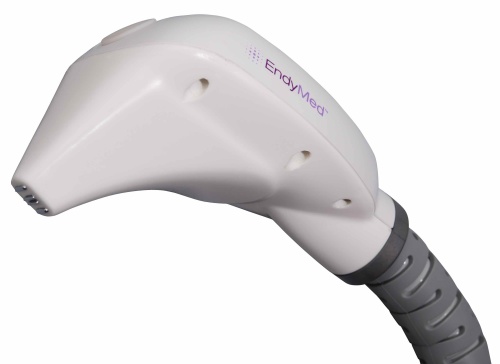
Dr. G: A treatment with the iFine by EndyMed is relatively safe; a patient might feel some warmth to the area. With a skilled provider, this is a very safe, low-risk treatment. Surgery can be done at any time. The risks of surgery include bleeding, scarring, and poor results in inexperienced hands. And a patient needs to remember that even with surgery, sometimes the procedure needs to be performed again years later as the aging effects continue. A surgery won’t stop the hands on the clock, only push them back. This is why non-surgical procedures like the iFine have greatly increased in popularity over the years with providers and patients alike.
Dr. S: Bruising and swelling are minimally (after a blepharoplasty) and last only a few days.
Fine Lines and Wrinkles
Wrinkles are inevitable but that doesn’t mean you have to allow them to take over your face and eyes prematurely. There is wisdom in wrinkles, but we prefer to not look so, ahem, ‘wise’.
Though a natural part of aging, most people want to keep fine lines and wrinkles at bay for as long as possible. Are there safe and effective ways to treat wrinkles? — What surgical options do you recommend for someone in their 30s, 40s, 50s and beyond. What are the risks of these procedures?
Dr. G: Fine lines and wrinkles can be treated with a variety of modalities, and I think with the EndyMed 3DEEP technology — the iFine — we can tighten the skin around the eyes and make these lines and wrinkles virtually disappear with a series of treatments. I’ve found that the EndyMed 3DEEP Intensif handpick using fractional RF microneedles, also works well around the eyes. The skill of the provider determines whether or not the procedure is safe. When done correctly, these are safe and effective treatments with little to no risk.
Dr. S: My philosophy is less about erasing all wrinkles and more about looking the best for your age and aging gracefully. For this reason, I prefer non-invasive and minimally invasive procedures as preventive measures rather than corrective surgical transformations at a later age. Regardless of age, but especially with my younger patients I focus on education about the importance of sunscreen and avoidance of sun exposure altogether, skin care and the proper skin regimen for their skin type, antioxidant protection from radicals, and repair peptides for skin rejuvenation.
As we age, fine wrinkles become more pronounced. Ironically, very expressive patients develop facial wrinkles at a younger age but forgo treatment with neuromodulators, such as Botox and Xeomin, because they fear losing their facial expressions. When, years later, they present complaining of deep, permanently visible wrinkles a much higher dose of neuromodulators is required to help soften, but seldom adequately correct their wrinkles leaving them with a “frozen†look. I urge these patients to visit a trained plastic surgeon with a keen eye on producing a natural look at a younger age. In my practice, I treat young actors, singers, and models who require a significant degree of facial expression but want to maintain a youthful look with natural soft wrinkles. Using purified neurotoxins such as Xeomin I can focus my treatment on softening, albeit maintaining, full facial expressions, thus prolonging a natural youthful look for years to come. Further down the road, or for my patients who have not had the benefit of early education and intervention, I often times use a combination of lasers that even out skin tone and texture and tighten crepe paper skin. When these lasers are combined with the right peptide rich products, we can begin to reverse the signs of aging.
When reading labels, tell us the key ingredients to look for and why?
Dr. G: Products with growth factors and antioxidants work well around the eyes and can work wonders when combined with RF treatments.
So, we’ve found the ingredients of choice, should we seek out a particular consistency (i.e. cream vs serum vs balm)?

Dr. G: Serums have become popular because they may absorb better in the periorbital area, but either a serum or cream can work well here.
Dr. S: I feel that choosing the right vitamin depends on what you are trying to accomplish. While Vitamin A and its derivatives can help your cells replenish your skin’s layers, Vitamin C and E are strong antioxidants and can help block free radicals and produce collagen. MD Complete’s Eye Wrinkle Corrector, which can be purchased at Target, contains Vitamin A, C, & E – and has been shown to be comparable to products sold in doctors’ offices.
General Info for All
No matter what issue affects tyour eyes, a proper routine that includes the basics is a must.
How important is SPF in eye products?

Dr. S: Sun protection is paramount in any skin care regimen. I prefer to apply a dedicated sunscreen to the face and eyes rather than to use products that combine a sunscreen with active anti-aging ingredients. In general, patients should be reapplying their sunscreen every couple of hours while in the sun. Having a separate sunscreen comes in handy. For the time conscious patient who is unwilling to apply multiple products in the morning, an eye cream that combines a sunscreen may prove invaluable.
Dr. G: As a dermatologist, I insist on the use of sunscreens, so if it is incorporated into a product, that is a good start. But everyone should use a minimum SPF of 30 at all times, even on cloudy days. The skin around the eyes is sensitive so the more you can do to protect it from the harmful rays of the sun, the better.
At what age should one starting using an eye cream/serum/balm?
Dr. G: This depends on the individual, but most women should start protecting their skin earlier rather than later. By the mid-20s a patient would want to consider using these products. The earlier you begin, the more you will use products as a preventative measure rather than undoing damage that has occurred from over the years. But if you do wait until your 30s or 40s, it’s not too late! A dermatologist can design a treatment plan that can work well for you.
Dr. S: It’s never too early for a man or a woman to use products to protect their skin from the sun, replenish moisture, block free radical formation and slow down the signs of aging.
Your eyes are important, so take all the steps necessary to ensure the “doorway to where love lives†— your eyes, stay healthy, beautiful and inviting.
Still have questions? Please leave them below!
Dr. Michael H. Gold is the founder and medical director of Gold Skin Care Center, Advanced Aesthetics Medical Spa, The Laser & Rejuvenation Center, and Tennessee Clinical Research Center in Nashville, Tennessee.
Dr. Ulysses D. Scarpidis is a leading board-certified plastic surgeon who sits at the helm of Scarpidis Aesthetics in New York City. He specializes in cosmetic procedures that enhance all areas of the face and body.

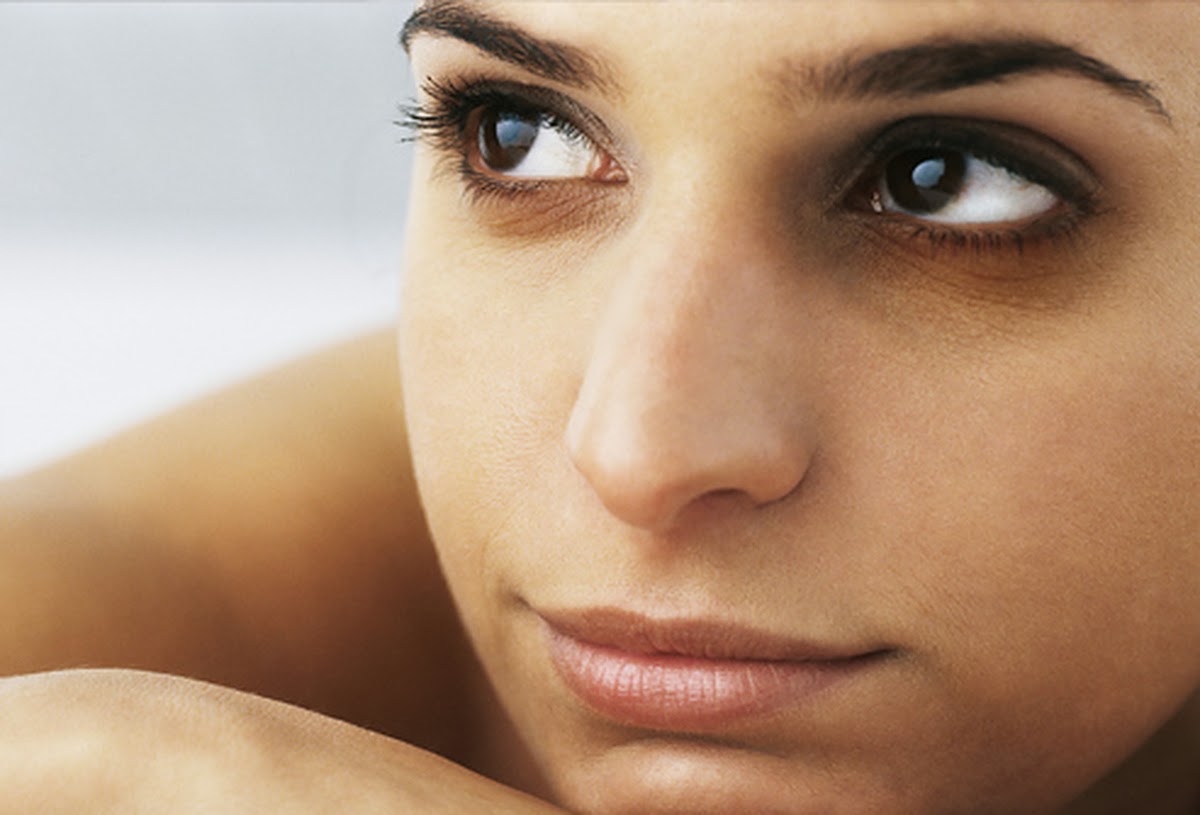
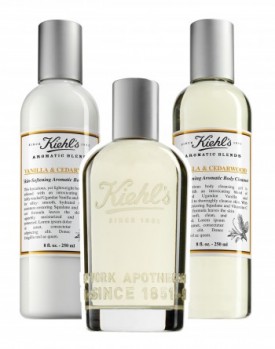
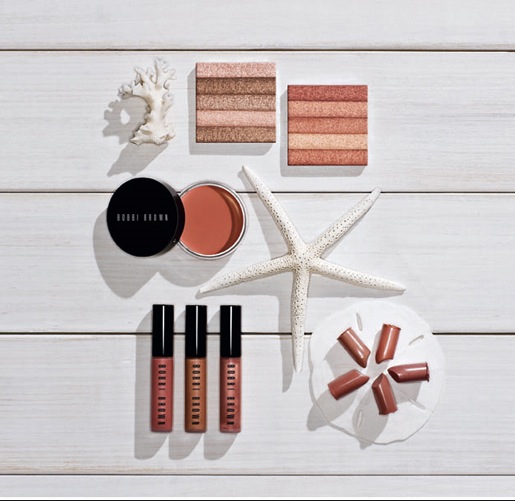
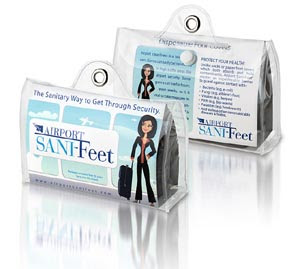
Dark circles are difficult to get rid of. If all natural methods fail then its best to try out creams that are proven to deliver results.
Great info! Dark circles, under eye bags and wrinkles are the common problems. These treatments are very helpful to treat eye problems easily.